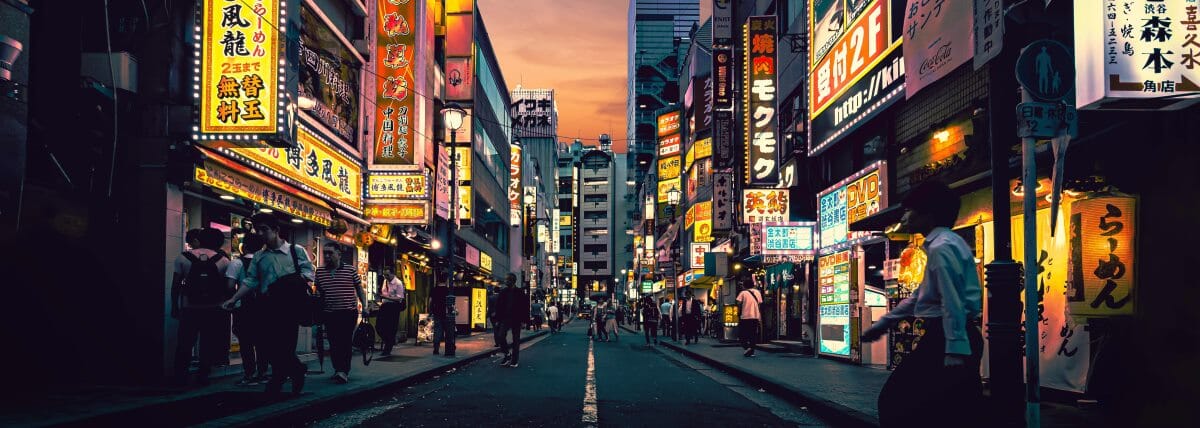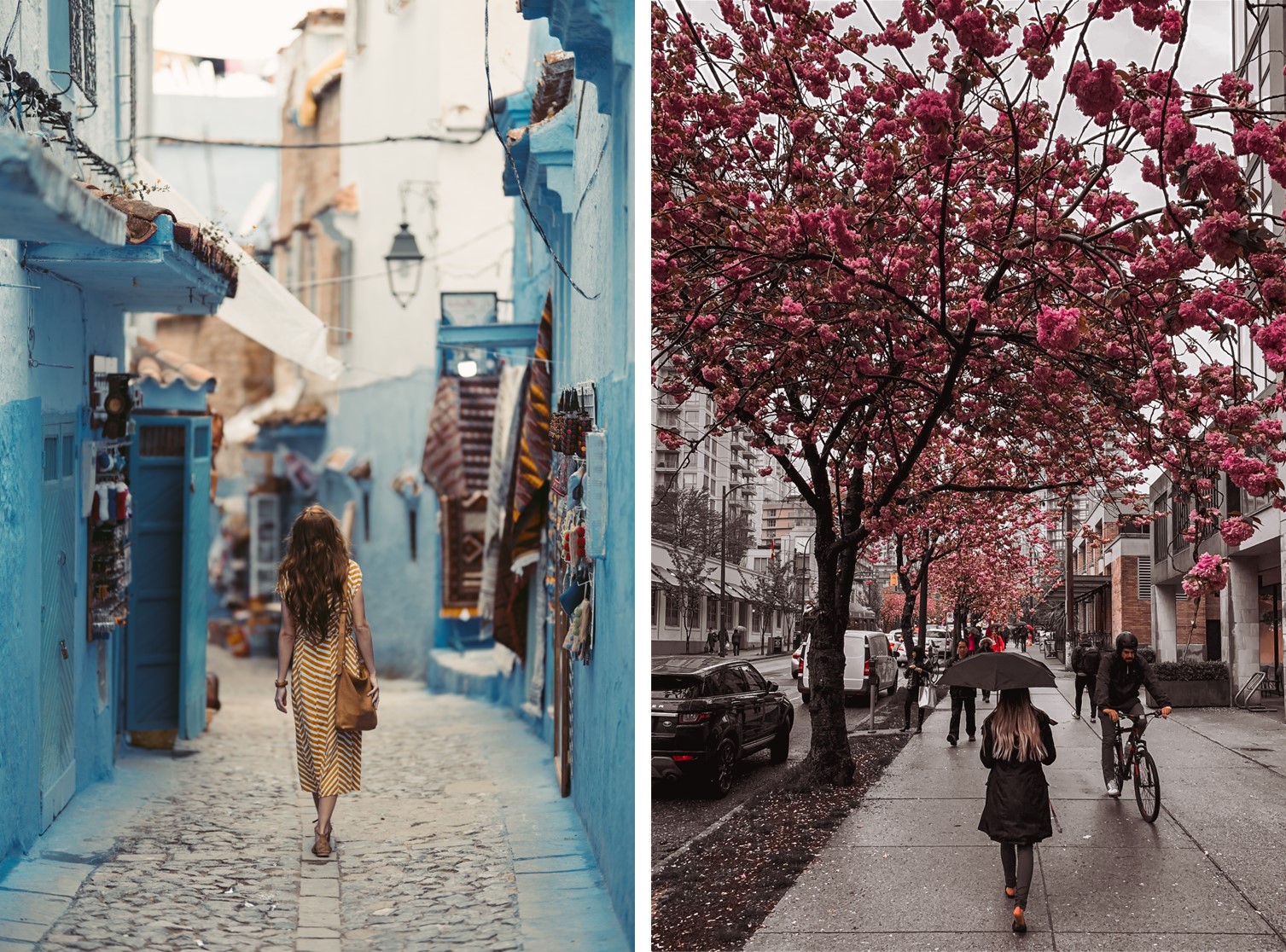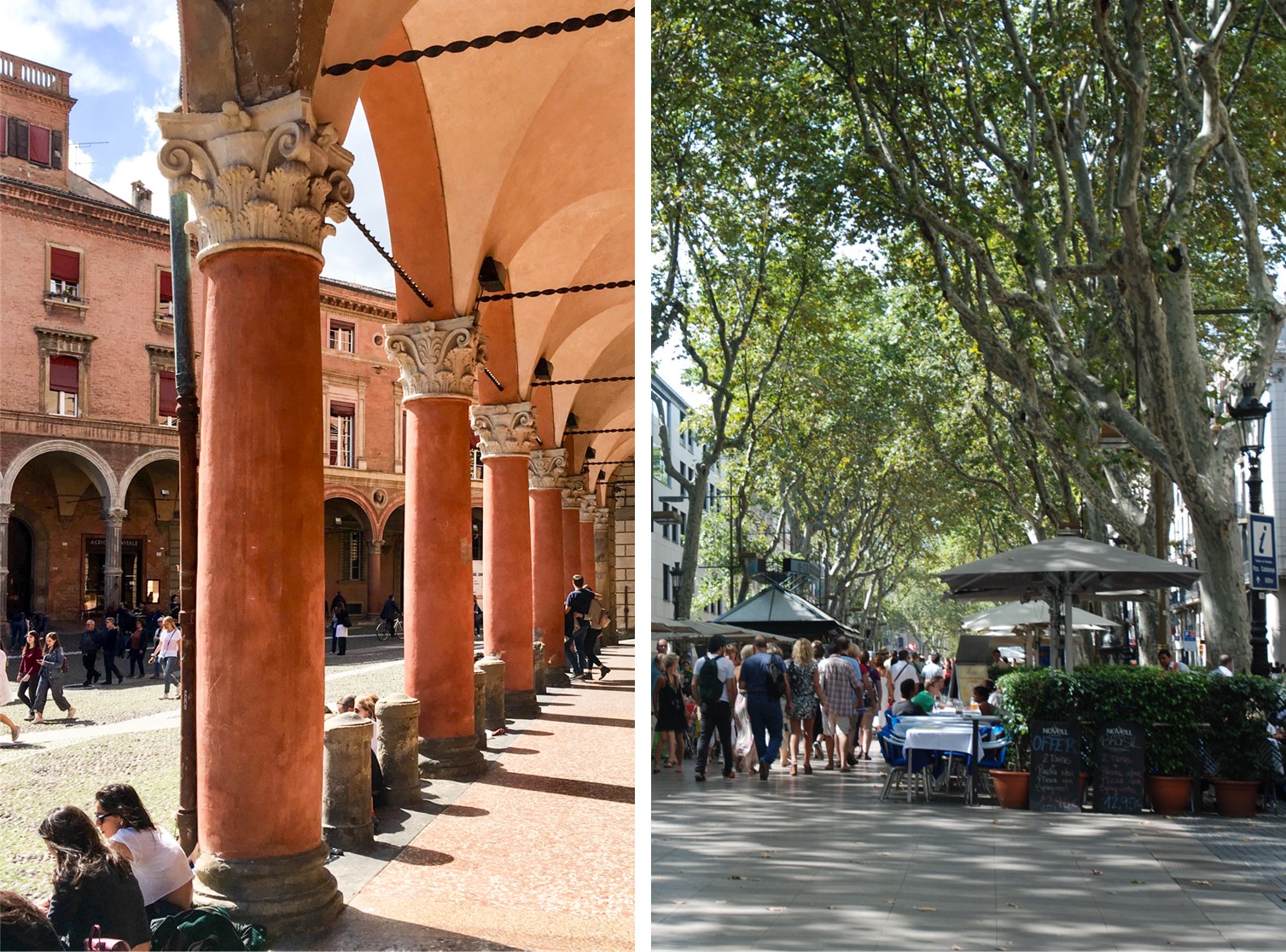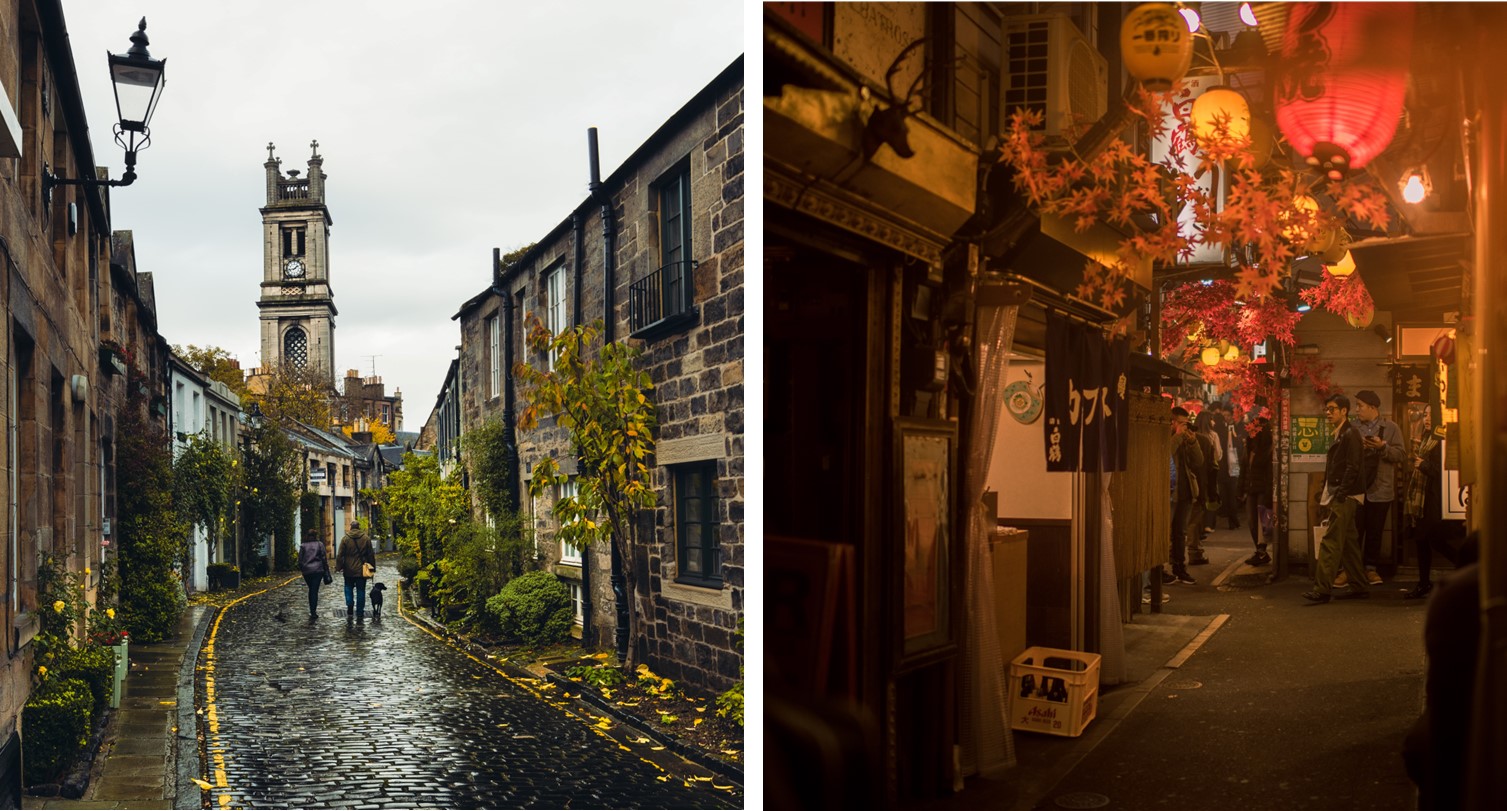What Makes a Great Street
Have you ever walked down a street and caught yourself marvelling at the cityscape around you? Hugo Tran takes a look at what makes a great street.

Encon Associates Graduate Transport Planning Consultant provides his thoughts on what makes a great street.
After being inspired watching “How to design a great street” by City Beautiful on YouTube (please see link at the bottom of this page), I just wanted to emphasis the points made in the video and bring to light an often-overlooked aspect of the urban environment.

Iconic Japanese street scene
Have you ever walked down a street and caught yourself marvelling at the cityscape around you? Whether you realise or not, the reason for this is probably due to the street you’re walking down. As we all tentatively come out of the COVID-19 pandemic, people are beginning to explore the world again through travel. Whether it is domestic or international, in my opinion, the best way to experience a place is by foot.

Exploring on foot
As you walk through the streets of either foreign great cities or your everyday route, have you ever considered what makes the street you walk on so enjoyable? Is it the symbolic meaning, the cultural, or is it the historical heritage? Urban designers have long argued over these great traits, and, in the following article, I hope to give you an insight into what I personally think make up a memorable pedestrian street.
The first of these, and arguably the most important is space. This stands for the physical space itself; is there enough ample area to strut your stuff without feeling claustrophobic or stepping on someone’s toes?
However, this doesn’t necessarily mean there is a need for a large sidewalk every time. A sidewalk just needs to use its space correctly for the activities that it attracts. For example, the tight cobbled streets of Rome are perfect to sit, have a coffee, and people watch. Compared to the wide street of New York City, where the priority is to move about between one big store to another, both use the space differently, but equally effectively.
Climate and comfort go hand in hand when thinking of anotherI trait for a great street. Does the street provide protection from the elements? A great example of a street that does all this, whilst looking fantastic is the porticoes streets of Bologna .

Porticos of Bologna and La Rambla in Barcelona
Although stunning, I personally think that trees provide the same services whilst adding that touch of natural beauty. Take the La Rambla street in Barcelona, the tree canopies provide protection from the rain on those gloomier days, whilst giving shade, allowing the dappled sunlight to seep through on a warm summer’s eve. As a free bonus service, they also double up as free air quality control, helping to keep the air clean and refreshing.
Academics from Chung-Ang University in Seoul have argued that the streets are an important aspect for pedestrians in terms of helping to retain a sense of place. Through cultural or historical heritage, many will argue that a truly great street will almost be able to transport you to your own little time or place completely. This is achieved through a sense of enclosure due to how the buildings interact with the street (via distance and ratio). This can be done either horizontally or vertically and, when done correctly, can help detach the walker from the surrounding cityscape.
Following on from this idea, I find it’s the little details you notice when walking (as opposed to being in a car), that really make a street feel unique. The details such as windows, doors, signposts, and street furniture all help to embellish a place with a distinct personality. A great example of this can be seen with the iconic streets of Japan.

Historic English cobbled street and iconic Japanese alley
This article was inspired by the following YouTube video:
How to design a great street - YouTube
Written by Hugo Tran, Graduate Transport Planning Consultant at Encon Associates Limited